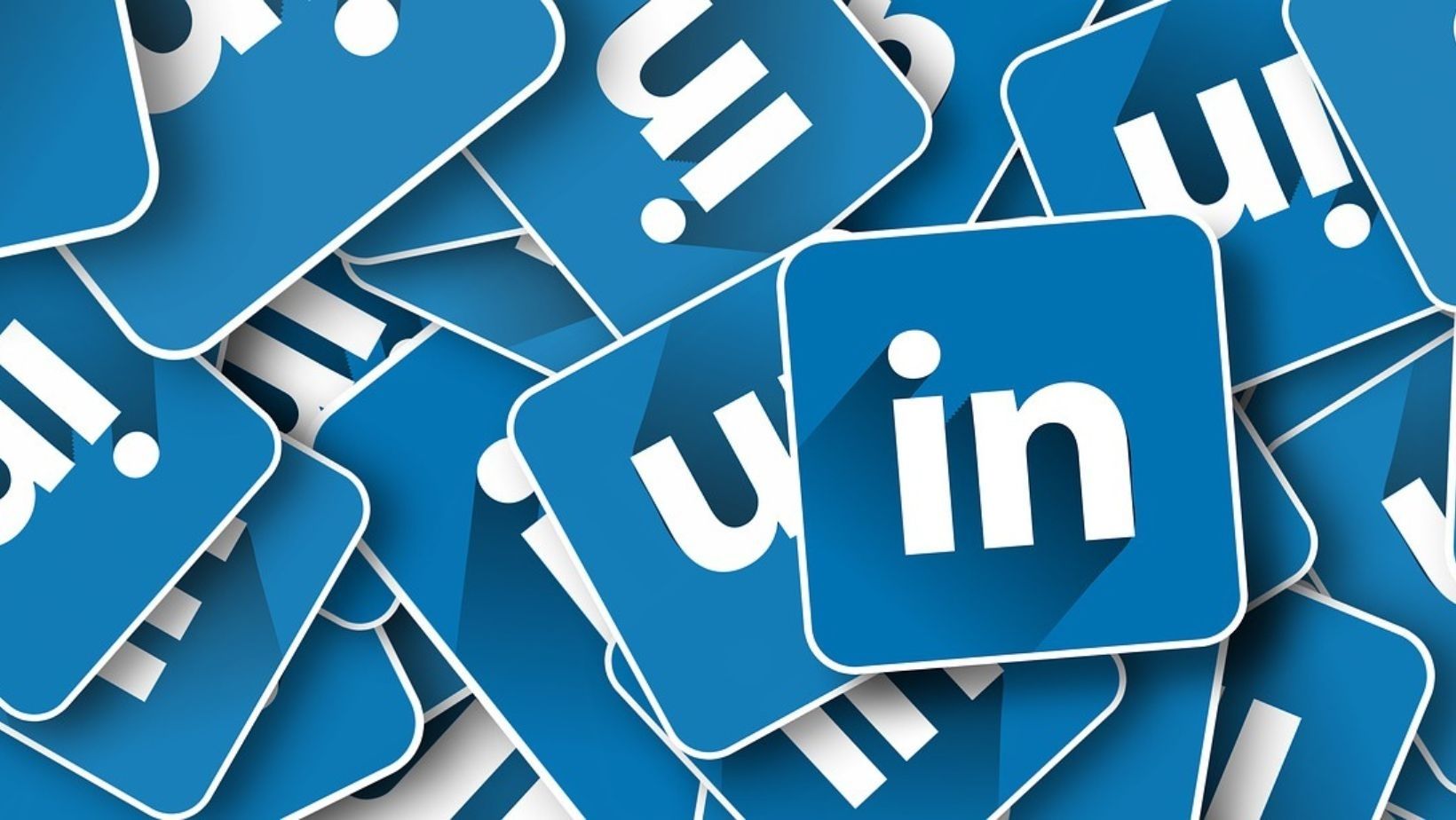
LinkedIn's Venture into Incorporating Puzzle Games into the Feed
LinkedIn, the business and employment-oriented online service platform primarily used for professional networking, has made an interesting move by incorporating puzzle games into its news feed. This article provides an in-depth exploration of LinkedIn's innovation and provides insights into this new trend.
In an interesting turn of events, LinkedIn, a traditionally business-centric platform has ventured into integrating puzzle games within its feed. This unconventional endeavor has stirred conversations among users and tech enthusiasts alike. Why integrate games into a serious platform designed for professional connections and career growth? What benefits does this new feature bring? Are there any potential drawbacks? We will delve into all these details and more, offering a comprehensive analysis of LinkedIn's introduction of puzzle games within its news feed.
LinkedIn – A Unique Approach to Networking
Before we deep-dive into LinkedIn's new venture, it's essential to understand the platform's core mission. LinkedIn aims to connect the global workforce, help professionals grow their careers, and enable companies to find potential talent. Offering a professional environment unlike traditional social media platforms, LinkedIn has earned a reputation for being a serious networking tool.
However, the digital world is an ever-evolving space. To stay on top of the game, platforms need to constantly innovate and experiment. LinkedIn is no stranger to this concept, having made notable improvements in recent years. Think, for instance, of the introduction of LinkedIn Learning, or 'stickers' and 'Kudos' to make the platform more interactive.
Puzzles and Games – An Unexpected Move
LinkedIn's decision to experiment with puzzles and games admittedly came as a surprise to many. After all, would professionals take time to engage in games on a platform designed for networking and sharing industry insights? Despite the skepticism, the rationale behind LinkedIn's move is quite intelligent.
One key reason is user engagement. As seen with other social media platforms, any kind of interactive content generally boosts user engagement rates. Games allure users to spend more time on the LinkedIn platform. These puzzle games are not just fun activities but also help sharpen cognitive abilities, rendering them beneficial to the users.
A Dive into LinkedIn’s Puzzle Games
The puzzle games integrated into LinkedIn's news feed are designed to test and improve cognitive skills. They also align with one of LinkedIn's newly disclosed visions – to enhance soft skills. Developers ensured the games were subtle and suited to the platform's professional environment. Users may come across games such as Sudoku or memory tests designed to challenge their logical thinking and problem-solving skills.
Pros and Cons of LinkedIn’s In-feed Puzzle Games
Pros
Enhancing User Engagement
LinkedIn’s puzzle games hold the potential to significantly increase user engagement. The thrill of solving a puzzle could make users spend more time on the platform. More time spent on LinkedIn implies more interaction opportunities, networking, and learning.
Developing Cognitive Skills
Another incredible advantage of introducing puzzle games is the opportunity they present for developing cognitive skills. Puzzles are proven tools for enhancing problem-solving abilities, memory, and concentration. Professions across all sectors require these skills. Hence, LinkedIn’s in-feed puzzle games can serve as an entertaining yet powerful cognitive training tool.
Breaking the Monotony
Browsing through a never-ending feed of professional advice, news, and career updates can become monotonous. The introduction of puzzle games adds a fun element to break this monotony. They balance the serious theme of LinkedIn by offering a light, playful escape amid career-oriented content.
Cons
Risk of Diluting Professionalism
One potential drawback of introducing games could be the dilution of LinkedIn's professionalism. LinkedIn is renowned for its business-oriented atmosphere, a reputation that sets it apart from platforms like Facebook and Instagram. Integrating playful aspects into its feed might affect LinkedIn's image.
Possible Hinderance to Serious Use
If not managed properly, games could also serve as a distraction, hindering serious use of the platform. A user might end up spending more time playing games than networking or learning from shared insights.
The Future of LinkedIn with In-feed Games
LinkedIn's bold move to integrate puzzle games into its news feed signals a significant shift towards a more interactive style. The success of this feature, however, hinges on how well it manages to balance professionalism with fun. LinkedIn must ensure its in-stream games do not overshadow the primary focus - networking and professional development.
LinkedIn's in-feed games could potentially revolutionize the platform. The blend of fun and learning could encourage more users to join LinkedIn and maintain user engagement. However, much of it will depend on how LinkedIn strikes a balance between maintaining its professional image and introducing these new, playful elements.
In conclusion, LinkedIn's initiative to incorporate puzzle games into its feed is an interesting venture. New and existing users look forward to seeing how these exciting features unfold. This innovation might bring an unpredictable element of novelty into the platform while playing a pivotal role in engaging and attracting more users. Consequently, like any development in the digital world, the impact of this new feature can only be fully determined with time.
